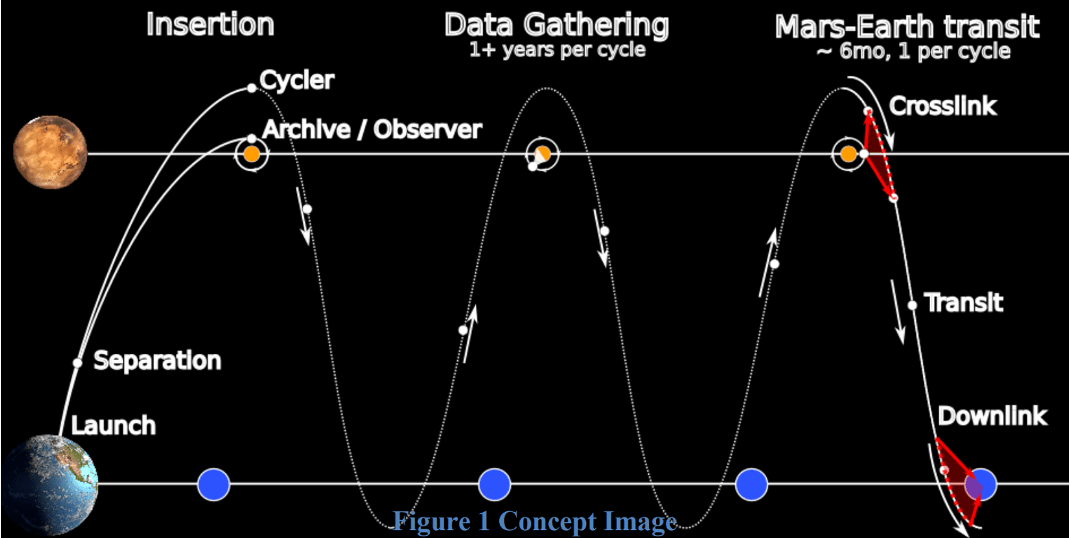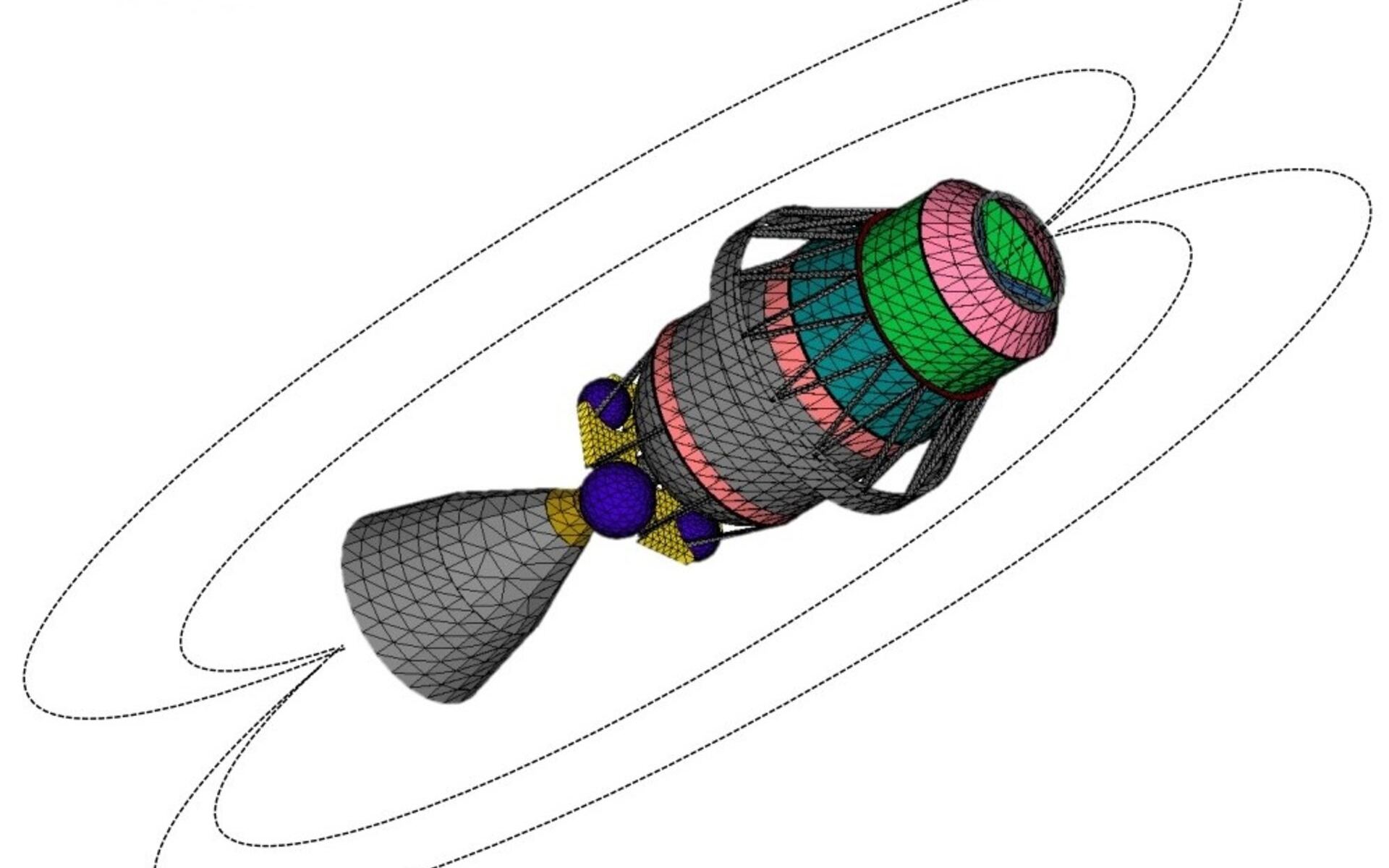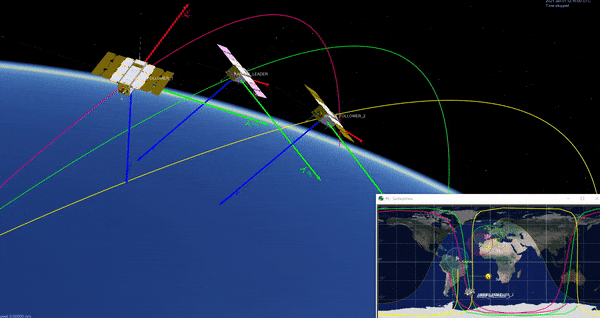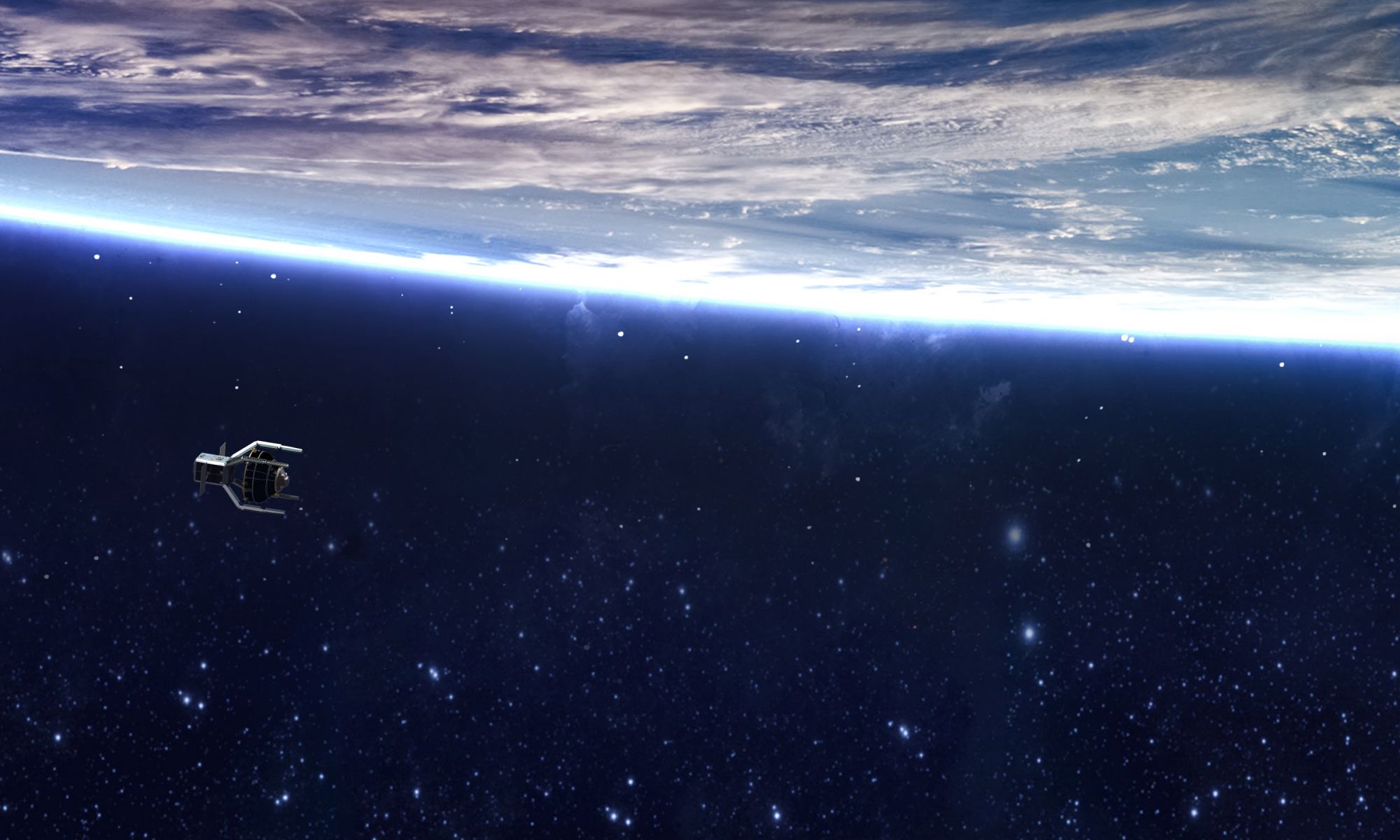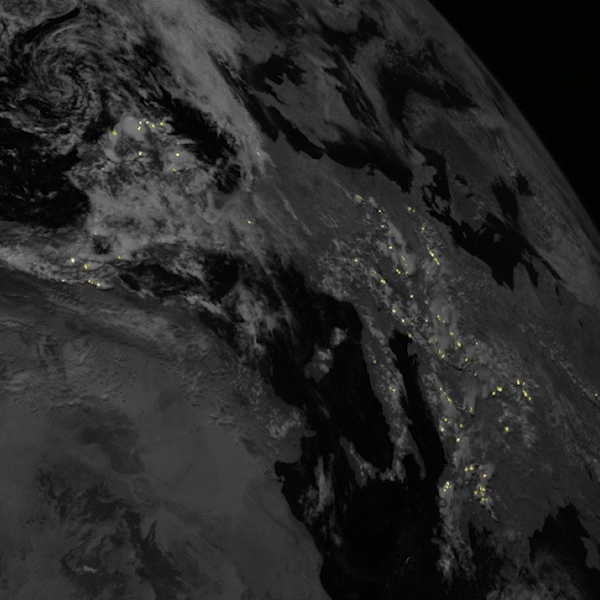Getting data in from deep space can be difficult. Almost all of our missions that have flown into deep space use the Deep Space Network, a system of transmitters and receivers that already imposes constraints on the amount of data we can transfer from the far reaches of space. So a team led by Joshua Vander Hook, then at NASA’s Jet Propulsion Laboratory and now at a start-up called Outrider.ai, came up with a way to dramatically enhance the throughput of the DSN. In so doing, they gave it a very catchy name – the Solar System Pony Express.
Continue reading “Not Getting Enough Data From Mars? Set Up A Solar System Pony Express”Simulating a Piece of Space Junk
When a spacecraft dies, it loses the ability to maintain its direction in space. Additionally, as the spacecraft’s orbit begins to decay, the thin atmosphere interacts with the spacecraft, causing it to tumble unpredictably. ESA’s Clean Space Initiative hopes to remove the most hazardous space debris. This means capturing dead satellites that are in a death spiral. To help begin the project Researchers observed over 20 objects in space over two year and then recreated their spin to develop plans to retrieve them.
Retrieving a tumbling spacecraft will require a brave robot to take on the task!
Continue reading “Simulating a Piece of Space Junk”Need to Map an Iceberg in a Hundredth of a Second? Ask a Computer
Satellites really are quite a wonder. They can help forecast the weather, track climate change and help you navigate around the world. There are even satellites that can not only track icebergs but can map the Antarctic in the merest blink of an eye. In fact, faster than that since a typical blink takes about 0.2 seconds but the Sentinel-1 satellites can map icebergs in just 0.01 seconds, that’s 20 times for every blink of an eye!
Continue reading “Need to Map an Iceberg in a Hundredth of a Second? Ask a Computer”ESA Plans to Eliminate New Space Debris by 2030
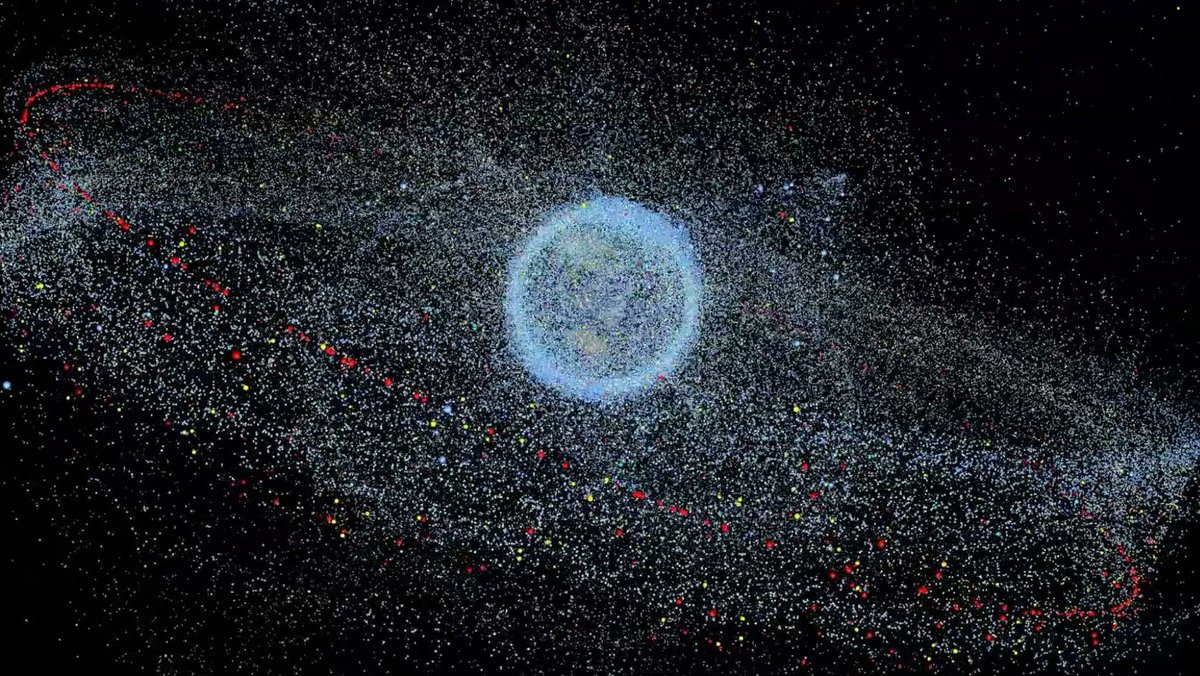
What can we do about space junk? We know how much debris is in orbit, and we know the problem is getting worse. It’s our fault.
Our Earth now has a halo of orbital debris, and the ESA has a plan to stop contributing to the problem.
Continue reading “ESA Plans to Eliminate New Space Debris by 2030”A Russian Satellite Has Shifted Within 60 km of Another Spacecraft

When it comes to saber-rattling, few countries employ it as much as Russia does. During their ongoing invasion and occupation of Ukraine, the country’s leadership has repeatedly threatened to use atomic weapons. But the threats don’t stop there.
A private company called Slingshot Aerospace says Russia has maneuvered one of their Luch satellites uncomfortably close to Western spacecraft in GEO (geostationary orbit.)
And it’s not the first time.
Continue reading “A Russian Satellite Has Shifted Within 60 km of Another Spacecraft”A Flock of CubeSats Will Use Wings to Maneuver at the Edge of Space
CubeSats are taking on more and more responsibility for remote monitoring of the Earth. As they become more ubiquitous, they will also gain more varied propulsion systems. Or, in the case of a new set of monitoring CubeSats from INTA, Spain’s Institue of Aerospace Technology, no propulsion system at all.
Continue reading “A Flock of CubeSats Will Use Wings to Maneuver at the Edge of Space”One of the Brightest Stars in the Sky is Actually a Satellite
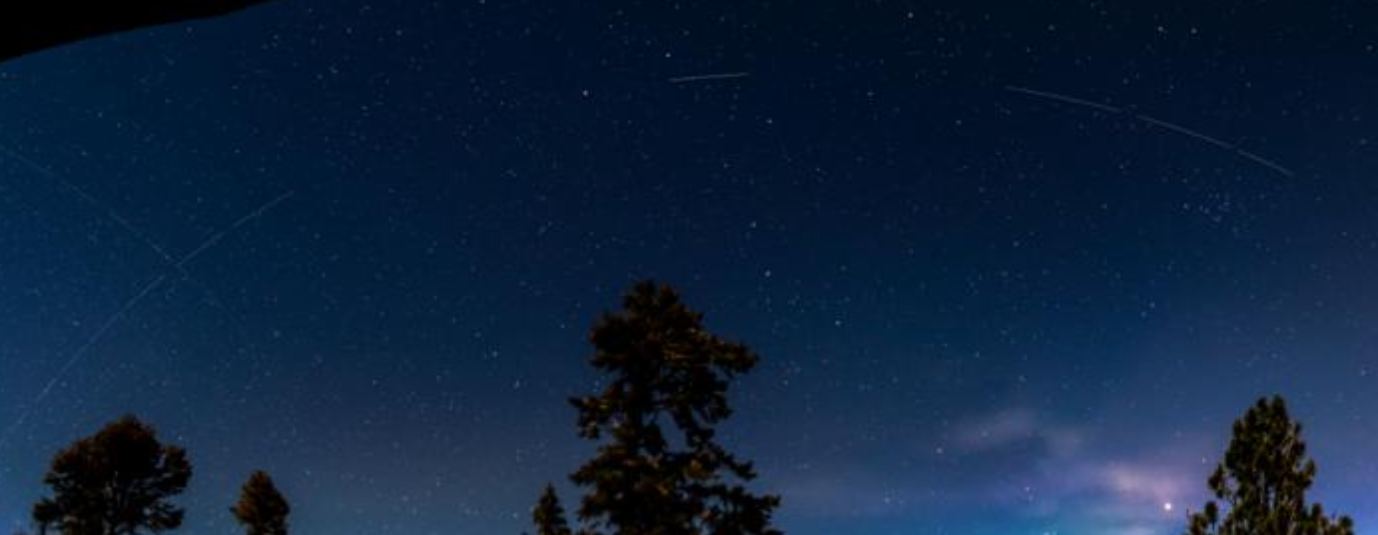
Back in the 70s, kids used to look up at the summer sky and try to be the first one to shout, “Satellite!” That seems like a relic from the past now, alongside Polaroid cameras and astronauts on the Moon. These days, it’s rare to spend any amount of time looking at the sky without seeing a satellite, or several of them.
A new satellite is emphasizing that fact. It’s a prototype communications satellite with a roughly 700-square-foot antenna, and it’s brighter than most stars.
Continue reading “One of the Brightest Stars in the Sky is Actually a Satellite”The Irony. ClearSpace-1 Couldn't Clean up Space Debris Because its Target Already Got hit by Space Debris, Creating Even More Space Debris.
We have a problem.
Ever since the launch of Sputnik 1 in 1957, we have been launching debris into space. Everything from space stations and large communication satellites to small CubeSats. With each launch, we also add things such as rocket parts and paint chips to the orbital pile. Right now there are more than a million objects orbiting Earth wider than a centimeter, and at least 130 million millimeter-sized objects. Most of it isn’t going to deorbit any time soon.
Continue reading “The Irony. ClearSpace-1 Couldn't Clean up Space Debris Because its Target Already Got hit by Space Debris, Creating Even More Space Debris.”A Satellite is Now Continuously Watching Lightning Strikes in Europe
Satellites often offer new perspectives when they launch. Sometimes because of the location they are placed in – sometimes because of their instrumentation. A new satellite by a consortium of European companies and agencies now provides a new perspective on one of the most powerful and fleeting natural phenomena – lightning.
Continue reading “A Satellite is Now Continuously Watching Lightning Strikes in Europe”If There Were a War in Space, Debris Would Destroy all Remaining Satellites in About 40 Years

On one particular day in 2021, astronauts and cosmonauts aboard the ISS must have felt a pin-prick of fear and uncertainty. On November 15th of that year, Russia fired an anti-satellite missile at one of its own defunct military satellites, Tselina-D. The target weighed about 1,750 kg, and when the missile struck its target, the satellite exploded into a cloud of hazardous debris.
NASA woke the crew on the International Space Station in the middle of the night and told them to take precautions and prepare for a possible impact. The Chinese space station Tiangong was also in danger, and multiple countries and space agencies condemned Russia’s foolhardy behaviour.
But there was no way to contain the debris.
Continue reading “If There Were a War in Space, Debris Would Destroy all Remaining Satellites in About 40 Years”
